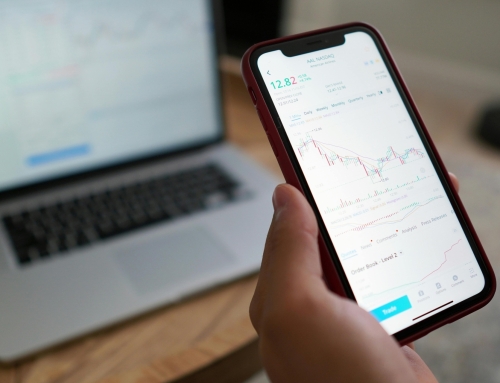What trading volume is and how it affects microcaps
One pillar of the Bowser Ratings system is trading volume. Despite the size of the companies that we recommend, we (for obvious reasons) want them to be trading. A company that is trading at a good volume regularly (daily) shows investor interest, provides security and protects against volatility.
What is trading volume?
Trading volume is the number of shares of stock that trade. Probably the most widely used volume measurement is the three month average. This figure is exactly what it sounds: the average shares traded daily over the past three months.
What is a good three month average?
All investors have their own opinion on what a good volume is. In order to receive a Bowser Rating point, the 3m figure must be above 2,000. However, that is a very general rule. Shares outstanding, even more so float, affects volume in a big way. Typically, the more shares the company has, the greater its volume figure; the fewer shares the company has, the lesser the volume figure. Having a good portion of the shares trading each day WITHOUT too much turnover is important. We have no formula, or exact figure to look for here.
Showing investor interest
The more shares a company trades, the more investors are in the stock. This can go two ways, however. The first is positive. A company announces good news; an institution takes a large position in a small company; a company's earnings report goes far above expectations. All of these cause more buyers, upping the volume AND driving up the stock's price. The chart below give a visual example.

Chart from BigCharts.com
The second is negative. A company announces bad news; an institution sells a large portion or all its holdings in a small company; a company's earnings are far below expectations. All of these cause the volume to go up, but instead of more buyers, there are more sellers. This drives the price down. The chart below provides a visual example.

Chart from BigCharts.com
Providing security
When a company's shares are trading, then you have a way out. If there are no buyers, shareholders have no option to sell. So, by seeing consistent volume, you know that there are buyers, which provide you with a way out should you want/need to sell.
Protecting against volatility
This goes hand in hand with the investor interest section above. The more shares that are trading, the less variance there is in the stock price--so, the less volatility. If a company trades very seldom, its shares are more likely to bounce around in price. However, a company that trades more often, will have a more stabilized price. This is not to say that companies with high volumes will not see spikes and slides, or that companies that rarely trade will not see a stable price. The above is a generality based on many observations.
Understanding volume is essential to being a smart investor. Volume patterns can help you understand what is happening with a stock's price, and it can be a deciding factor when thinking of when to buy or when to sell. While it is only a small part of the Bowser Ratings system, volume is a huge part of investing.
[hr]
The Bowser Report is a monthly financial newsletter that specializes in small stocks trading for $3/share or less. Our goal is to provide the individual investor with relevant information on microcap stocks. Each month, we recommend a new company, provide information on past recommendations and report news surrounding the microcap marketplace.
Become a member of The Bowser Report now for just $59/year!
Information in this blog post contains references to past Bowser recommendations. This blog post contains no recommendations, and instead relies on data gathered on past recommendations from sources thought to be reliable.







Leave A Comment